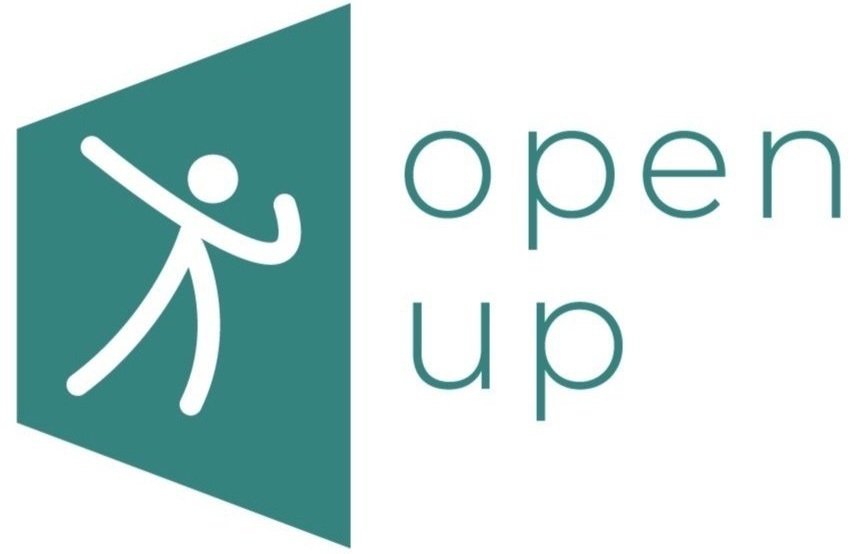Caring for yourself during a diagnostic journey
For those seeking a diagnosis for a potential underlying genetic condition, their journey can take, on average, 8 years to finally reach a diagnosis. This journey is often complicated by long doctor’s visits, multiple specialists, canceled appointments, arguing with medical insurers, and potentially invasive tests, to hopefully provide some answers. This journey is extended for those assigned female at birth, people of color, gender, and sex-diverse individuals, and those who already have a medical diagnosis, like autism. Many of these individuals have their pain and symptoms downplayed or attributed to another diagnosis, even though their current symptoms do not fall in line with what they have experienced before.
As someone who also has an undiagnosed chronic illness, I have learned that caring for yourself is very important. Additionally, those who are caregivers for individuals like us, also require support and care. Some self-care things that have proven to be beneficial during this process are:
Schedule “Me Time”
Especially as a caregiver, scheduling time for yourself is important, and that can be something as simple as taking 15 minutes of reading a book or going to a store that makes you happy. We all know the adage, you cannot pour from an empty cup, and these little “me moments” are perfect ways to make sure that you are not overextending yourself.
As a patient, these moments are great ways for you to get in touch with yourself outside of the diagnostic journey, and make sure you are taking time for things that make you happy, as this will continue to bring you joy during the process.
As the journey is stressful and long, we are always reminded that this is a marathon, not a sprint, and taking time for ourselves is one of the things that we have control over. So take a day off, watch a comfort movie, have some tea, and know that you are not alone, and keep moving forward.
Taking “Rest Days”
As anyone with a chronic illness will tell you, it is hard to forget about your condition, especially if it affects you in the day-to-day, however scheduling time to rest is important, and resting from the odyssey is just as key to finding the diagnosis as anything else. Unlike taking “me time” where the goal is to bring joy in your day-to-day, this is about scheduling time to listen to your body and rest and relax, whichever way you do best. No thinking about what the next steps of appointments are, no fighting with insurance companies about what is covered, and only taking time to heal.
Start or Continue with a Journal
I hear from many individuals to chart your symptoms and their progression, to provide them to specialists so that they can also help track symptoms as they continue. However, you can also take that to the next step and journal your day, your feelings, and what else is going on. Many people with chronic illnesses experience mental health issues, like anxiety and depression, which can also affect memory. Having a journal that tracks the good, bad, and ugly can help you look back on the happier times, but also provide you with additional support from a provider who may not fully be seeing the same ‘big picture’ that you are experiencing.
Finding/establishing a Support System
You may not know what the underlying cause is for your symptoms, but that doesn’t mean a) your symptoms are not valid and b) that there isn’t a support group out there for you. With social media and online forums, you can always find a space to vent and receive encouragement that can help you on your path.
If you can’t find one or want to do something in your local area to meet up in person, starting one is always an option. If you feel that you are in the right space to do so and have the ability, starting a local support group will always bring people together and provide comfort through this process.
Samantha is a student at the University of Pittsburgh studying Genetic Counseling and Public Health. Her passions lie in providing information about the intersection of public health and genetics and supporting patients and families with undiagnosed, complex conditions. She hopes her time with LEND will help provide additional background and support for advocating for those with visible and invisible disabilities.


